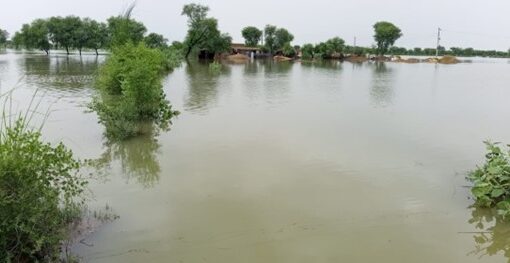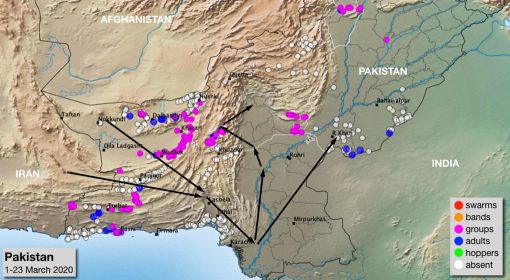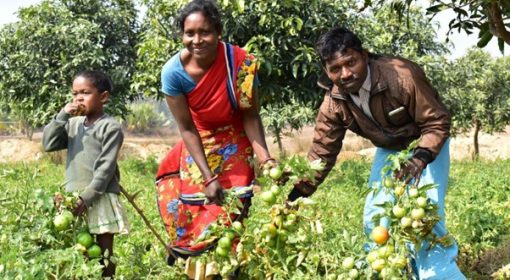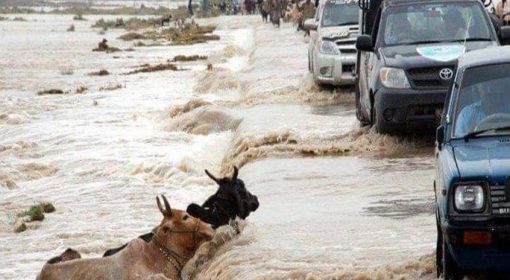By Allah Bakhsh and Reinier Veldman
Flood based livelihoods network in association with Strengthening Participatory organization (spo) regional center Quetta.
In August and September 2022 flood water covered one-third of Pakistan, creating havoc that persists to this day in the several districts that are inundated still now. There has been massive damage to peoples vital assets – houses, livestock and field bunds – and to public infrastructure – roads, schools, clinics. But not everywhere the floods have been detrimental. In some areas floods have been beneficial too on the strength of the soil moisture they left behind, as this report from the vast Kachhi Plains in Balochistan shows, following the massive inundation earlier this year.
The entire Kachhi Plain, with an approximate size 8000 km2, is in principle irrigable upon availability of water, which is a scarce source in this part of Balochistan. The land is alluvial and fertile, and when watered can sustain excellent crops. The plain does not have surface water for irrigation and drinking. The subsurface water is brackish throughout the entire length and width of the plain. The weather of the Plain is harsh in summers (May – July), while it is moderate in winter days (Oct – March) every year. The Kachhi Plain is now divided in 4 districts (I) Kachhi at Bolan (ii) Jhal Magsi (iii) Dera Murad Jamalik and (iv) Sibi. Sizeable pockets of lands are situated along the ephemeral rivers Nari, Lehri, Chakar, Bolan, Kashuk, Mula and Sukleji that pass from their natural routes. The floods from these rivers, depending on the catchments, are lost to downstream areas in 24 hours if there are not continuous rains. The floods are intercepted at the appropriate locations by the local farmers and they channel a small volume of floodwater into the man made canals that feed the purposefully embanked fields to retain the maximum amount of moisture to grow the crops, once the soils are ready.

Not the entire Kachhi Plain is converted into the embanked fields, since the seasonal floods do not reach to the all parts of the plain. The lands are owned by the local residents settled in the rural villages and hamlets in the plain for the purpose to hold control of the lands. Most parts of the irrigable lands are distributed among the local inhabitants, but still there are lands which are not recorded and officially no one owns it. However this does not mean that no one makes claim on it. For example, with the advent of the Rabi Canal, located to the north of Pat Feeder Canal, and quite new in the history land distribution became relevant. The canal was built in last decade to bring more lands of the lower part of the plain under irrigation in the Rabi season only. The Rabi season comprises on the winter crops mainly mustard, wheat, grams, coriander which are cultivated when the moisture soaked down in the months of September – November every year. The rest of the year the Rabi Canal remains dry due to water stress and the supply of irrigation water to the existing beneficiaries of the Pat Feeder Canal.
There was no systematic pattern of land distribution in the new part of this command prior to the construction of the Rabi canal. Following the construction, the influential tribes of the area grabbed all the lands and declared the lands their private property. The poor segments of the area became tenant to operate these lands as a tenants.
This report is only showing the pictures of lands in operation after the current floods of 2022, in Bhag Nari Tehsil, its surrounding, Bala Nari and Rehanzai (which is the entire Union Council of Jalal Khan). As a result of the 2022 floods a larger part of this part of plain came under water and entire lands got the enough moisture which provided an opportunity to the farmers to cultivate crops by utilizing the luckily available moisture. Also those farmers who had migrated, but were having lands in the bottom section of the system, came back to cultivate the crop, as their lands now got irrigated after 20 years by nature.
Reportedly, the size of land in the above mentioned localities (i) Bala Nari is 109,000 acres and in (ii) Zerena Nari 290,000 acres as registered in the revenue record, these lands were under water and completely irrigated this year (which is an exceptional case). The question arises how the farmer will arrange seeds to cultivate this huge size of flood irrigated land. The Flood Based Livelihoods Network (FBLN) devised an assessment report well on time in Sept-2022 (access the report here), looking into the demand of seeds for different crops (i) Argula, (ii) Wheat, (iii) Barley, (iv) Coriander and (v) chickpeas which are all Rabi season crops for the area. The cultivation season for Kharif crops Sorghum, Mong and guar beans had almost passed through the rain spell and soils did not get dry on time to be able to utilize the Kharif season crops in the normal Kharif season.
Currently, the entire land is plowed for various crops on the soil, of which ¼th of the area is under Sorghum, Mung and guar bean comparatively with low health especially the beans, ¼th is under chickpeas, wheat and coriander. The remaining half of the land (approximately 200,000ha) is cultivated for the Argula Crop. The farmers arranged seeds on credits from the local vendors and on high rates since the payments to the trader against the purchased seeds will be made at the time of harvest. The other reason for cultivation of Argula on larger part is its less seeds ratio per acer application which is 2kgs. So, with the lower quantity of seeds farmer were able to cultivate a larger part of their moisturized lands and utilize the available moisture, which was provided to them as a result of the floods.
Argula is cultivated mostly in the Kachhi Plain in Balochistan and Larkana Division of Sindh. This part of Sindh Province is heavily damaged by the recent floods and many parts the flood water has not yet drained. It can be foreseen that this year Kachhi Plain will be sending the Arugula harvest in the local market and the farmers can expect good rates of their crop sales. Despite, the larger crops harvest, the fodder for animal will also be available abundantly because of the general soil moisture this year.
Picture Gallery
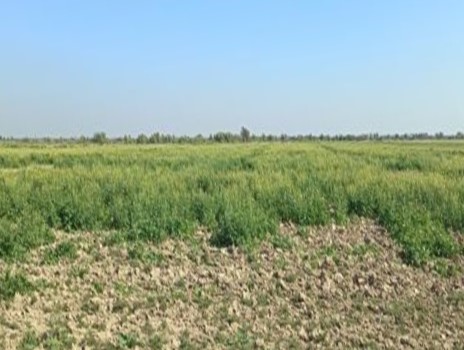

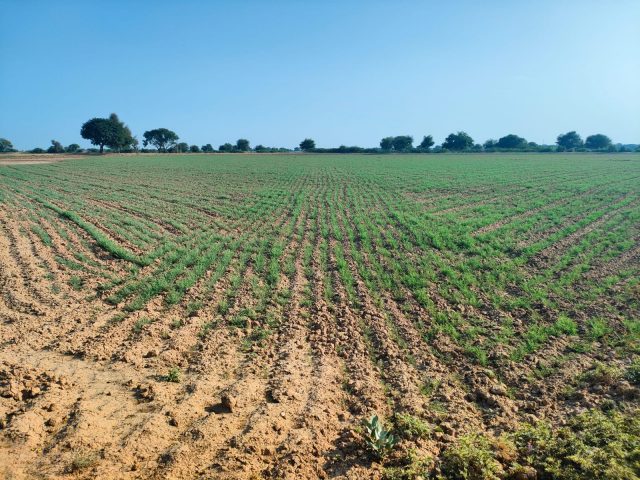
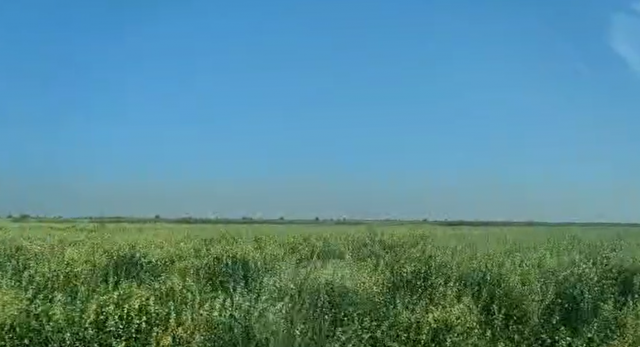

Related blogs:
- Salvaging the rabi crop in the spate irrigated areas of Pakistan.
- Flood damage in Kacchi Plains, Balochistan, Pakistan
- Flood assessment reports of 2022 floods (project website)
- Spate Irrigation in Kachhi Plain (video)
